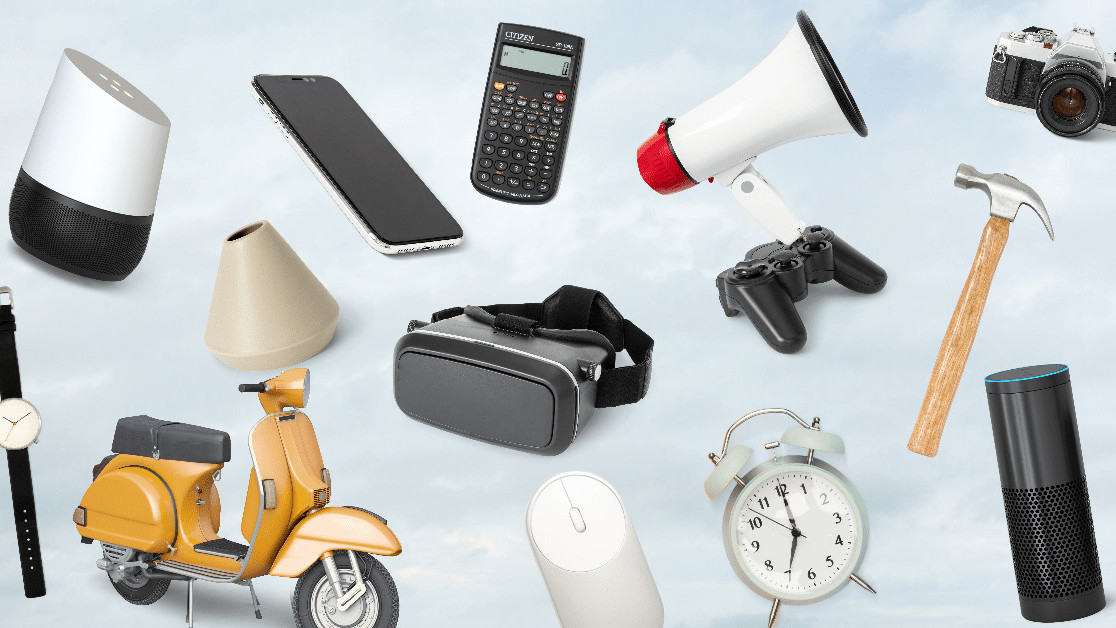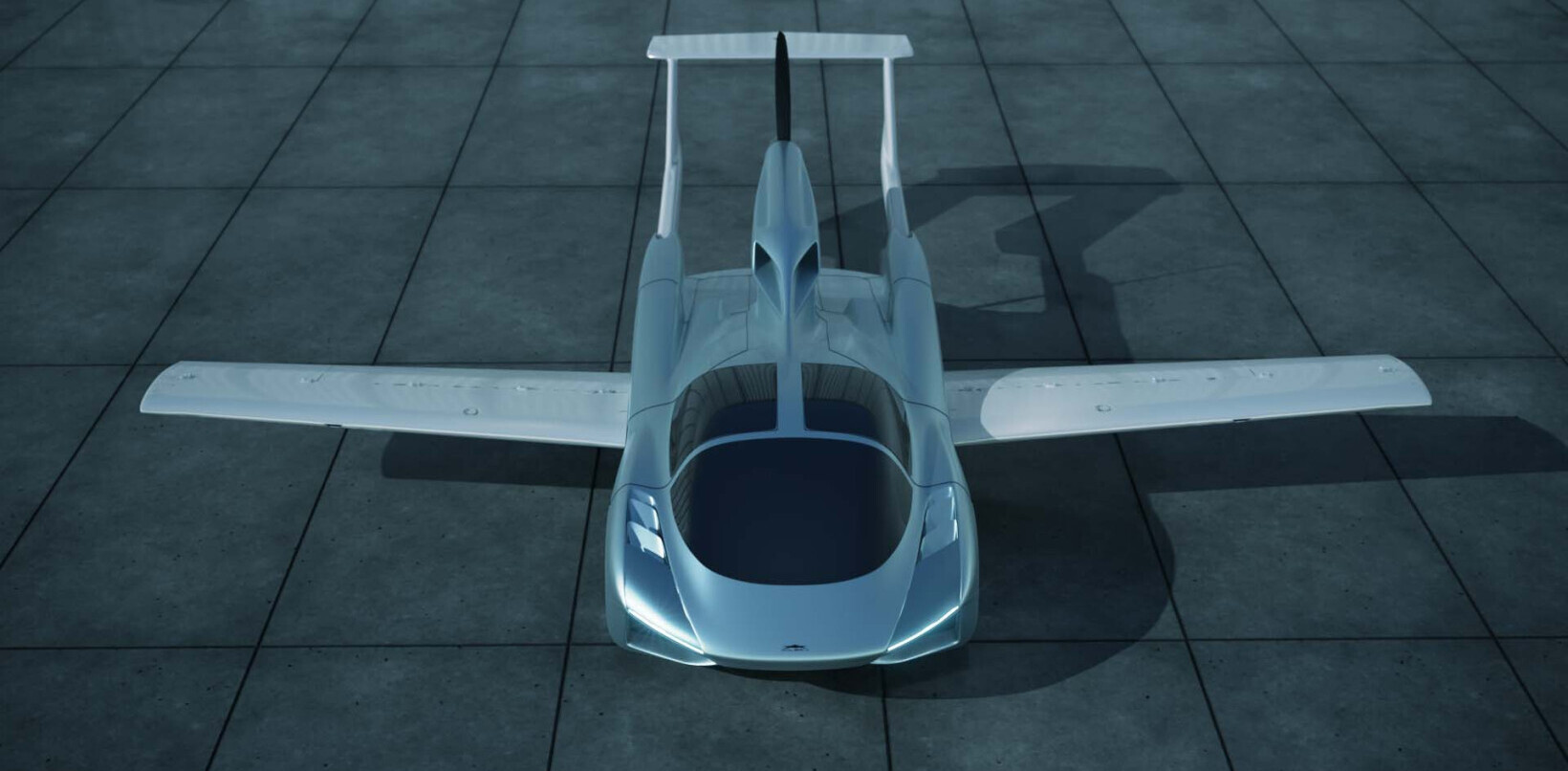
Software will eat the world. That’s what they say, but IoT is inherently not only software. When it comes to looking at hardware startups, or even products, you need to look at a lot of moving parts. Potential investors need to look at hardware in a very different way than software investing.
If software is a 747 aircraft that can change course rather quickly and arrive at your destination in a relatively short amount of time, hardware is an ocean liner. It takes much longer to get to where you’re going and if you need to pivot to find market fit, it will take much longer to turn the ship around.
Investors in hardware must keep this in mind. A quick beta test with a few hundred users costs nearly nothing for a software team but can be a monumental drain on resources when designing and building hardware. Hardware teams need to look at design in a much more thoughtful way and strategize about logistics and sales of a physical product.
Hardware is software too
When developing a hardware product, teams are often building the software for that device in tandem with the actual device. Hardware is far more complex than software. It creates an additional project stream where things could go awry. Designers need to look at what market they want to sell their devices in and adapt things like power consumption and adhere to local laws.
Many hardware devices will also require safety certificates before you can start selling to the market. Developing software has a very low barrier to entry. If you have the time, you could code a piece of software and get it to market on a shoe-string budget. If you want to get a good hardware product to market, you’ll need at least a million dollars when all the elements are considered.
That obviously creates a higher barrier to market, but can also eat a startup’s cash reserve before they’ve even shipped a single unit. Runway is vital at the beginning of operations for any startup, hardware just grows the potential cost exponentially from the start.
Adoption wins the day
If you find a winner in hardware, the chances of you making a good deal of money are very high. That’s simply because of the logistics of it all. If you’re able to capitalize on the physical space that devices need in terms of shipping, warehousing, sales space, etc. — along with a software element for users — you’ll be building in significant advantages for your product adoption and also creating roadblocks for the competition.
The vast majority of hardware investment goes to getting physical objects to the customers’ doors more quickly. People are quick to change software, because it’s a few clicks to get a new piece of software, but hardware isn’t switched so easily. That has real staying power and gives any hardware developer the ability to add a deeper pool of products to sell to their newly acquired customers.
If it’s broken, fix it
If you look at the number of times you run an update of an app on your phone, you know how often that software is changing. It is relatively simple to program a new feature or to fix a bug and push it to your users. If you have a bug in a hardware device however, it breaks everything.
While some of these bugs can be smoothed out with software, sometimes you’ll need a complete design overhaul to fix the problem. Not to put too finer point on it, games developers often release games now knowing that they can patch it later – gone are the days of waiting till a digital product is perfect before shipping.
So why should you invest in hardware?
Honestly, I have no idea. It’s expensive. It can take years to get a product to market and there are plenty of scenarios where the ship is sunk. That being said, if you successfully get a product to market, you have a multitude of competitive advantages.
Remember the million dollar startup cost? There are only a limited number of people that would raise that kind of money to take a shot at your idea. Or the fact that you already have manufacturing and distribution figured out. Or that your device has already been safety certified.
All of these elements, which are actually roadblocks on the way to market, become your competitive advantage. If someone wants to challenge your product directly, it’s likely that you have a two-year headstart and market dominance. If you can create more advantages in those two years, it’s likely that you’ll be the biggest ship on the ocean for quite a few years.
The hardships of hardware development are well documented, but if you know what to look for as an investor, I think you’ll start to see market defensibility as a big plus to any solid investment. This is a baked-in advantage with hardware companies.
Get the TNW newsletter
Get the most important tech news in your inbox each week.





